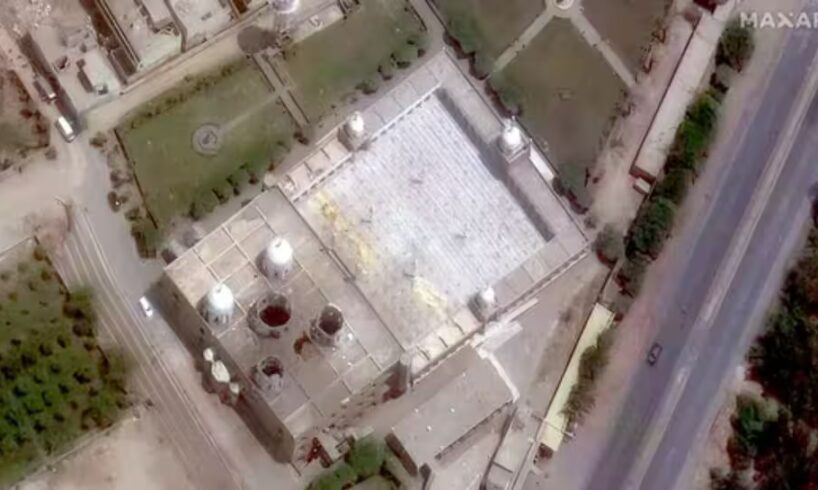
New Delhi: India’s military posture seems to have entered into a new phase after Operation Sindoor. The shift has become visible across its strategic posture. The country no longer follows the framework of “strategic restraint”, and this change sends a clear signal across the region.
This assessment has not come from Indian insiders, but from Washington. American military experts John Spencer and Lauren Degen Amos write that India’s military doctrine is undergoing a major transformation. They explain that New Delhi has already communicated its change in approach through the 2016 Uri action and the 2019 Balakot strike.
They point out that the message has become undeniable after the Pahalgam terror attack, which was followed by the launch of Operation Sindoor.
Add Zee News as a Preferred Source
The experts observe, “Strategic restraint was meant to stop tensions with Pakistan from escalating, but it ended up doing the reverse. Militants backed by Pakistan’s security establishment exploited the space between routine terror attacks and a formal military response, turning that hesitation into an advantage.”
Their statement captures the core argument. The earlier model of restraint did not control escalation. It created freedom for cross-border terror groups to act with growing confidence.
Their report highlights that India used to take limited action against terror networks, and this approach did not reduce the threat. Instead, terrorism grew more dangerous. Groups began to believe that India would not cross certain military thresholds. Operation Sindoor broke that assumption. The planning and execution of the operation show that India has crossed a doctrinal boundary.
Spencer and Amos add an explanation of the new approach. “India is no longer a nation that responds to terrorism with carefully worded warnings or waits for international partners to validate its decisions. It is shaping a new operating logic, one built on clear signalling and a readiness to act first when its citizens are threatened. Operation Sindoor did not trigger this shift but revealed it,” they explained.
They seem to suggest that India now treats a major terror attack as an act of war. This change alters the entire structure of response planning.
The experts explain that India does not wait for international approval or long investigations. The government records a new principle. If a terror attack targets civilians, New Delhi reserves the right to strike first. The weapons and systems used in Operation Sindoor (long-range firing capability, drone swarms, loitering munitions and real-time fused intelligence) show that India is moving to a framework of decisive and pre-planned military action.
Analysts see this as a permanent institutional change within India’s security policy.
The report also revisits the earlier belief around restraint. “Strategic restraint was designed to keep tensions with Pakistan from spiralling. In reality, it produced the opposite effect. Terror outfits backed by Pakistan’s security apparatus learned to exploit the pause between an attack and an official military response, confident that India would avoid a major retaliation or cross-border action. These limited responses eventually settled into a predictable pattern, one that Pakistan’s proxies learned to game,” they observe.
https://t.co/tCdXloIpGb
— John Spencer (@SpencerGuard) November 21, 2025
The experts add that the current shift in India’s thinking is structural. “This shift is institutional, not a one-off reaction. India’s deterrence is now shaped by patterns rather than individual incidents. Intent carries as much weight as evidence. Public expectations are helping shape policy, and citizens increasingly look for decisive retaliation, not prolonged inquiries. This political reality leaves less room for restraint and pulls national strategy closer to public sentiment.”
Their point shows the wider connection between public sentiment and national strategy.
The experts highlight another important moment. During the 2025 ceasefire discussions with Pakistan, India rejected all external mediation. They write that this is not a negotiation tactic but represents a new principle. India now views crises with Pakistan as regional and internal, and it prioritises direct communication between both DGMOs. This strategy gives India more freedom of action and reduces outside involvement.
Their final assessment draws attention to the battlefield outcome of Operation Sindoor. They write that Pakistan’s Chinese air-defence systems failed in front of Indian firepower. They highlighted that the PL-15 missile did not show the effect Pakistan had expected.
Their conclusion frames the larger strategic message: India is preparing for a two-front war.





